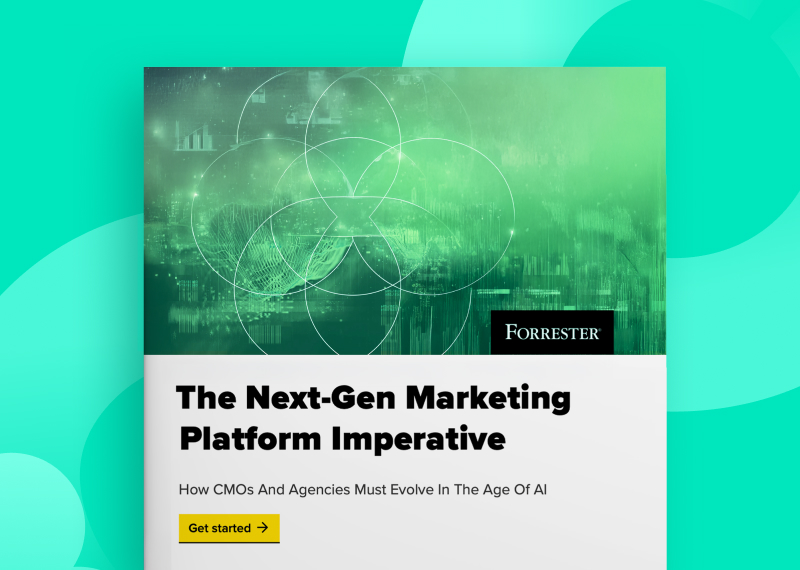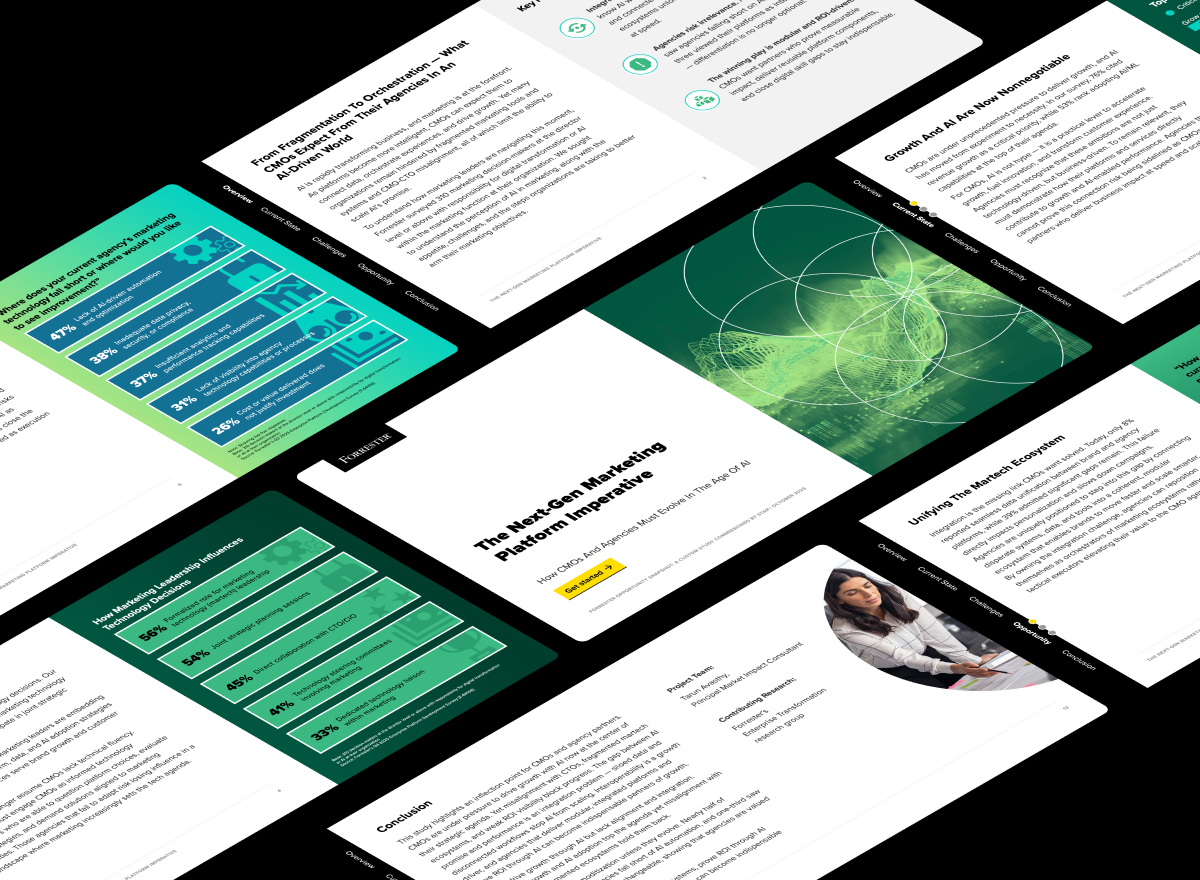Agency groups must join the platform revolution
Global advertising revenues surpassed $1 trillion in 2024. Over half of this money went to tech giants such as Google, Meta, Amazon, ByteDance and Alibaba. These platforms are not only experts at attracting consumers’ eyeballs, but their adtech solutions also offer advertisers with transparent, data-driven campaign management and reporting that accurately measures ROI.
No wonder ad spend is shifting away from traditional media outlets, which lack similar transparency.
Now pressure is mounting on agency groups to adapt to the harsh reality where technology precedes ideas. I’m not trying to minimize the impact of storytelling. With AI-generated content inundating the internet, I believe authentic storytelling and experience are more important than ever for brands to stand out. But agencies will need to reinvent their operating models where they can use technology to centralize and automate workflows, create more effective insights based on data and make reporting transparent and in-real time.
Brands will benefit enormously from having a single, integrated point of purchase for campaigns through a data-driven platform from their agency partner.
A new definition of scale
The potential merger between IPG and Omnicom, two of the largest global agency networks, shows the industry is scrambling to adapt. But for this merger to succeed, it can’t simply stack clients’ media dollars to increase buying power or combine respective platforms into one offering. Instead, it must combine the agencies’ strengths to deliver a truly integrated offering – one that unifies media, data and creativity into a cohesive service. The big five agencies have been promising clients this for over a decade but have struggled to deliver.
The challenge lies in the fragmented nature of holding companies, which have traditionally operated as collections of independent agencies, each with their own tools, processes and data. While this structure provided diverse services, it also created disjointed client experiences and inefficiencies. Consolidation and change management efforts over the past few years have sought to make agencies more client-centric, but progress has been slow and uneven amongst the big five.
In addition, consultancies like Accenture have been winning larger portions of client budgets by offering integrated solutions that combine creative, digital and data services. And it’s because they have scale — not just in size but also in capabilities.
The likes of Accenture mastered the platform approach by focusing on ‘acquiring and integrating’ capabilities rather than simply increasing revenue through acquisitions. And their offerings are becoming increasingly appealing with CMOs operating with less and facing pressure to deliver more growth and impact with reduced resources.
A transformation of agencies’ digital transformation
Future-proofing advertising agencies means rethinking operating models and 2025 is the year of “transforming the transformation.” Agencies don’t need new tools. What they need is to bring the disjointed operations, siloed workflow together. They need centralized platforms that can act as the connective tissue between day-to-day operations, data and collaboration, as well the plethora tools and martech platforms fueling clients campaigns.
This isn’t just another tech investment or making the irreplaceable human ingenuity robotic, but a unifying operating system that fundamentally changes how the entire network works together and delivers value to clients.
A centralized platform allows agencies to unleash greater agility by bringing together creative, media and strategy functions, and everyone working the account from different brands and locations on the same page. That way, agencies can streamline their work and reduce duplication while empowering staff to collaborate on projects across departments. This also unlocks co-creation by providing secure, real-time access to digital dashboards which allow clients and agency staff alike to track the progress of campaigns and projects.
Reinventing agency-client relationship
A platform-enabled way of working doesn’t just improve operational efficiency, it also redefines the agency-client relationship.
The traditional "black box" model, where agencies handle projects behind closed doors or patch together a series of tools and data sets, is no longer good enough. Clients want more value from their agency partners, from innovation to problem solving, and most importantly they want new capabilities, full-funnel solutions and integrated services baked into the partnership.
If ad agencies fail to make the leap to centralized platforms now, they risk becoming less relevant. We’re already seeing switches to brands falling further behind tech consultancies, such as Accenture, which are winning larger portions of client budgets by offering integrated solutions that combine creative, digital and data services.
Especially in a time when brands bring marketing tasks and capabilities with the use of generative AI tools and automation in-house.
A new operating model for advertising agencies
Using a platform-enabled operating model means agencies can shift to hybrid collaboration — an approach where agencies combine different workstreams, in-house teams, external vendors and technology into one seamless and adaptable environment.
The centralizing platform enables modular services where different participants across the value creation chain collaborate and share data, insights and accountabilities in real-time based on client needs.
But this dynamic approach to services can only reach its full potential with a unified platform that centralizes AI capabilities and operational workflows. Without this foundation, client demands and market opportunities cannot be effectively addressed.
- Centralized dashboards: A platform provides a single source of truth that allows both clients and agencies to access real-time updates on workstreams, campaign performance, metrics, budgets, as well as highlight dependencies so all elements come together in one place
- Flexible resourcing: Resourcing has been a manual and reactive process. Platforms can track team capacity, project workloads in real-time and allow agencies to tap into their global network of talent and vendors based on client needs
- AI-driven solutions: AI tools enable faster insights and automate of repetitive tasks, but this potential can only be fully realized when AI capabilities are centralized and accessible through a unified platform
Platforms also enable agencies to create data clean rooms where they and their clients can securely share and analyze first-party data. This enables personalized experiences and valuable insights without exposing raw customer data. Also agencies can move beyond being just service providers and become strategic partners who actually co-create value and unlock new levels of creativity and performance.
Beyond operational efficiency, platforms drive innovation by enabling rapid testing and deployment of new services or technologies across the ecosystem. This agility ensures clients have access to a wide range of solutions and data from multiple sources under one roof.
The biggest risk the creative community faces isn’t moving too quickly — it’s moving too slowly. The agencies that invest in platform-first models will position themselves as leaders, not laggards, in this next era of advertising. The others? They’ll be stuck fighting yesterday’s battles while the industry moves on without them.
Your partner in digital transformation
At Star, we know what it takes to transform advertising agencies for the digital age. With our expertise in building enterprise solutions for some of the industry’s largest players, we help agencies adopt centralized platforms that seamlessly integrate creative, media, and data workflows.
Our innovative solutions empower agencies to co-create with clients, deliver measurable ROI, and stay ahead in today’s fast-changing market.
Ready to transform your agency? Partner with us to redefine how your agency delivers value to clients.






